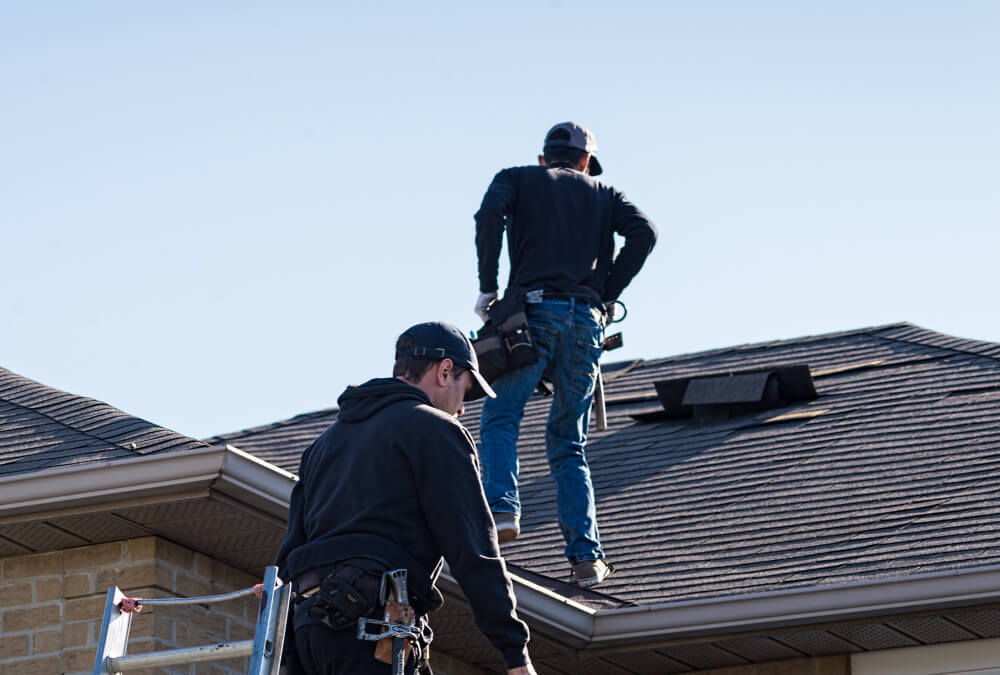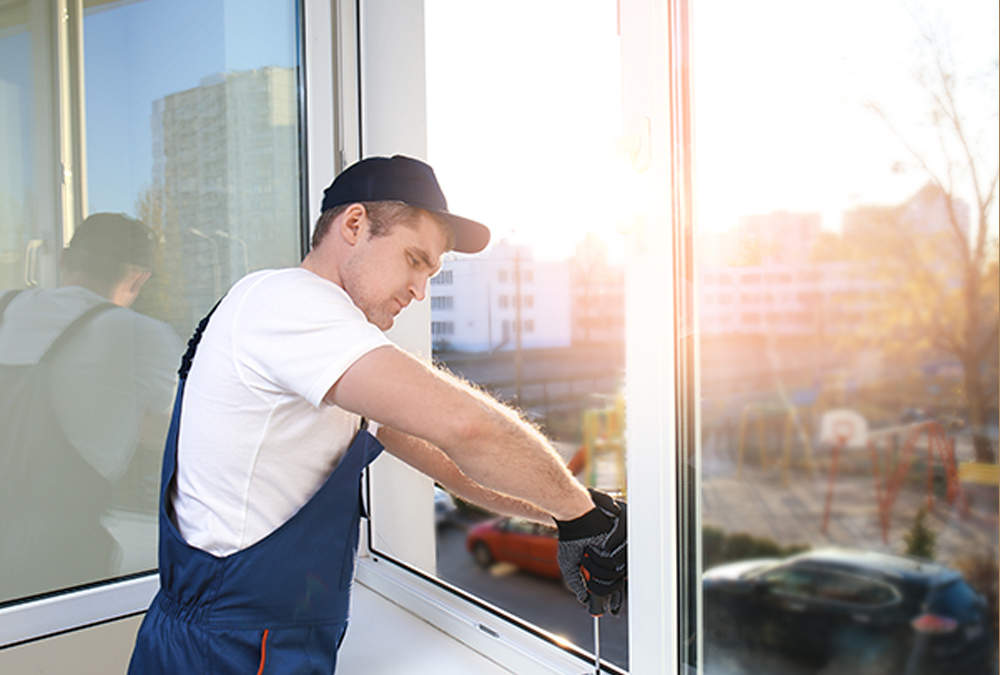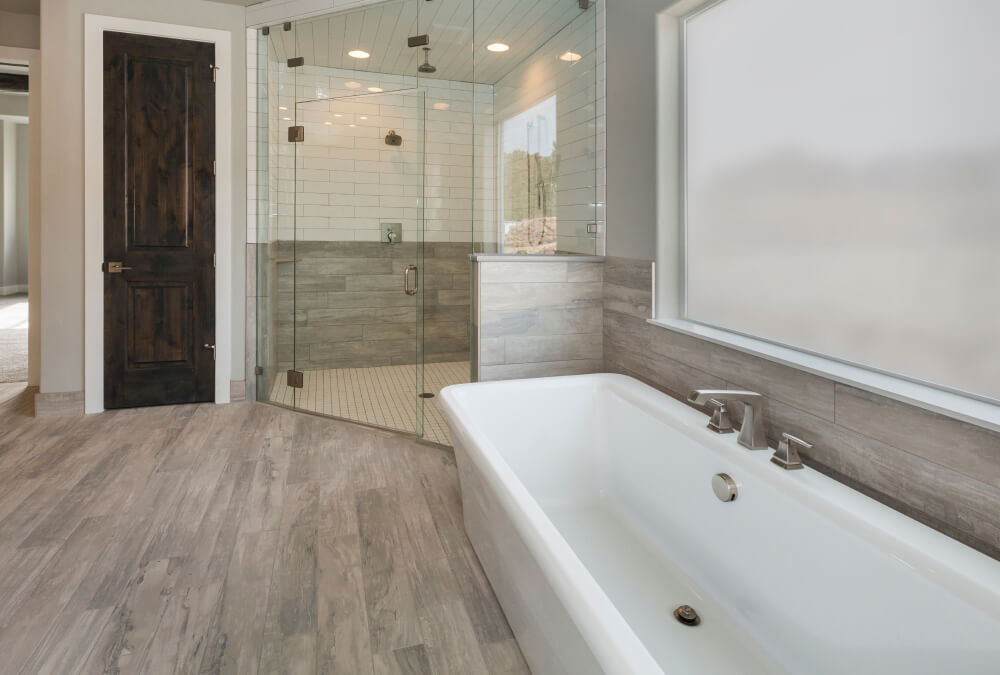Boost safety and appearance with a roof inspection report
Most homeowners don’t realize how essential annual roof maintenance is to make it last longer and protect your home. Without a regular check, your roof can develop underlying complications and contribute to structural problems and leaks.
So, roof inspection reports are critical to prevent this from happening. And even more so, it’s vital to hire a reputable roofing company with the experience and technical knowledge required. That way, you will keep your roof in fighting shape and avoid expensive repairs down the road.
In these inspections, the professional will check for any potential issues that may need repair and whether your roof can stand the test of time.
But what should a roof inspection form include? How often should you have it checked? Grab your pencil and meter, here’s everything you need to know about them!
What is the objective of a roof inspection report?
A roof inspection report aims to address any cracked, missing, or aging shingles, loosened roof seams, troubling signs of roof damage, or problematic rain gutters. These forms can include digital photographs and evidence for the homeowner.
The report will also list the roof’s condition, recommended repairs, concerns of a failing, and how much longer they expect the roof to last. It can also help you identify roof weakness, leakage, poor drainage, and other issues that may jeopardize your safety.
What to expect from roof inspections
A roof inspection is usually divided into four categories:
Structural: The inspector will examine the condition of the soffit, fascia, and gutter system. He will also check for uneven ceiling plans and signs of buckling. Additionally, he might also examine the condition of the attic ventilation to extend the life of the roof.
Material: Here, the inspector will look for loose shingles, stains, missing or curled shingles, moss, rust, and missing flashing or fasteners. They will also check rubber boots and seals around vent pipes to look for gaps or deterioration.
Interior: The professional will check interior ceilings, attics, and interior walls for water stains, mold, rot, and other signs that water is entering your home. This internal check-up will prevent roof leaks from eventually damaging your home.
Workmanship: To prevent future leaks and other potential water damages, the roofing professional will examine your roof for workmanship issues. Red flags can include improper flashing around roof penetrations, vent pipes, skylights, and chimneys
The company specializing in residential roofing services will also offer the homeowner a workmanship warranty. The time will depend on the deal they have previously arranged.
What does a roof inspection report usually include?
A roof inspection report usually begins with general information, including details about the roof and a description of the homeowner’s insurance company and the potential claim. It can also detail the roof’s type, manufacturer, age, slope, height, etc.
Inspections may also include replacement estimates for the entire roof, even though this is not within the work involved. Also, the forms often explain the specific repair costs if there’s any damage found.
The rest of the roof inspection form consists of in-detail findings from professional roofers through written documentation, diagrams, and photographs. Here’s a checklist example of some terms you may find:
Missing or broken shingles
Cracked caulk or rust spots on flashing
Shingles that are buckling, curling, or blistering
Masses of moss and lichen
Damaged lead stacks
Rusted metal coping cap
Dark areas on the scuppers and roof membrane
Cracked and worn rubber boots around vent pipes
How often should you have your roof inspected?
Experts recommend you have your roof inspected at least once a year. If it is new and you don’t suspect any damage or other problems, you can schedule an inspection every few years.
How can you notice that your roof needs an inspection? Well, you should look for signs of cracks or peeling on the sealant around your flashing, missing, curling, or broken shingles, missing or deteriorated chimney cap, and masses of moss or any plant growth on the roof.
You should remember that a roof usually lasts between 20 and 30 years, depending on its type. However, the weather conditions that come along with extreme cold or heat, rain, or hurricanes can make roofs deteriorate faster.




